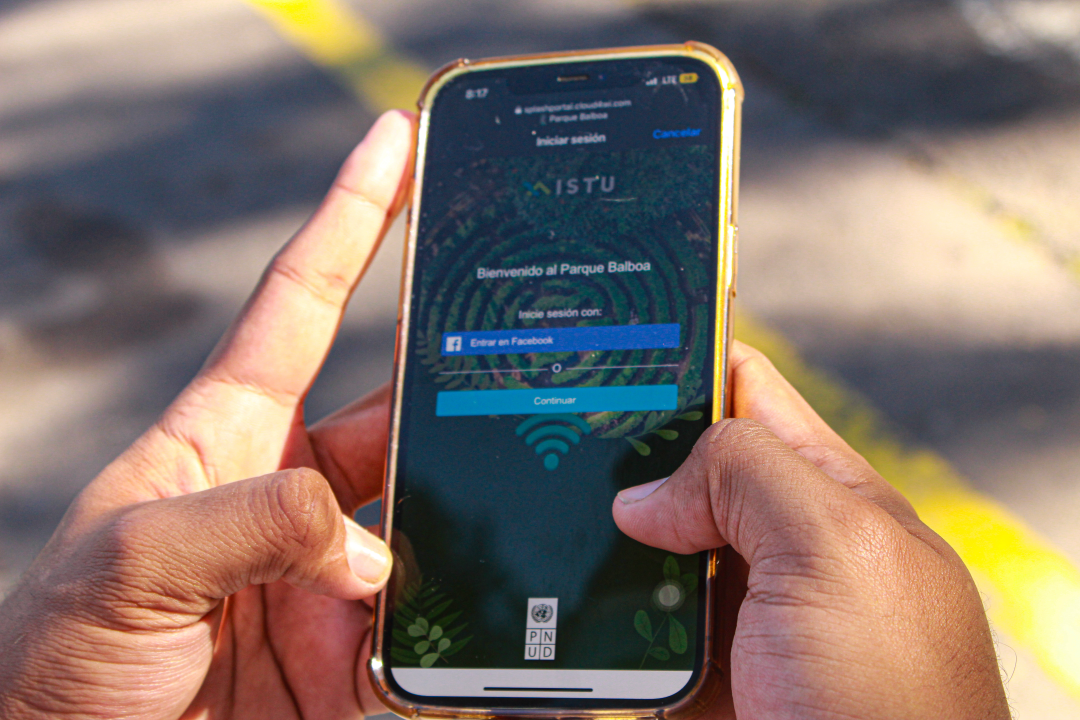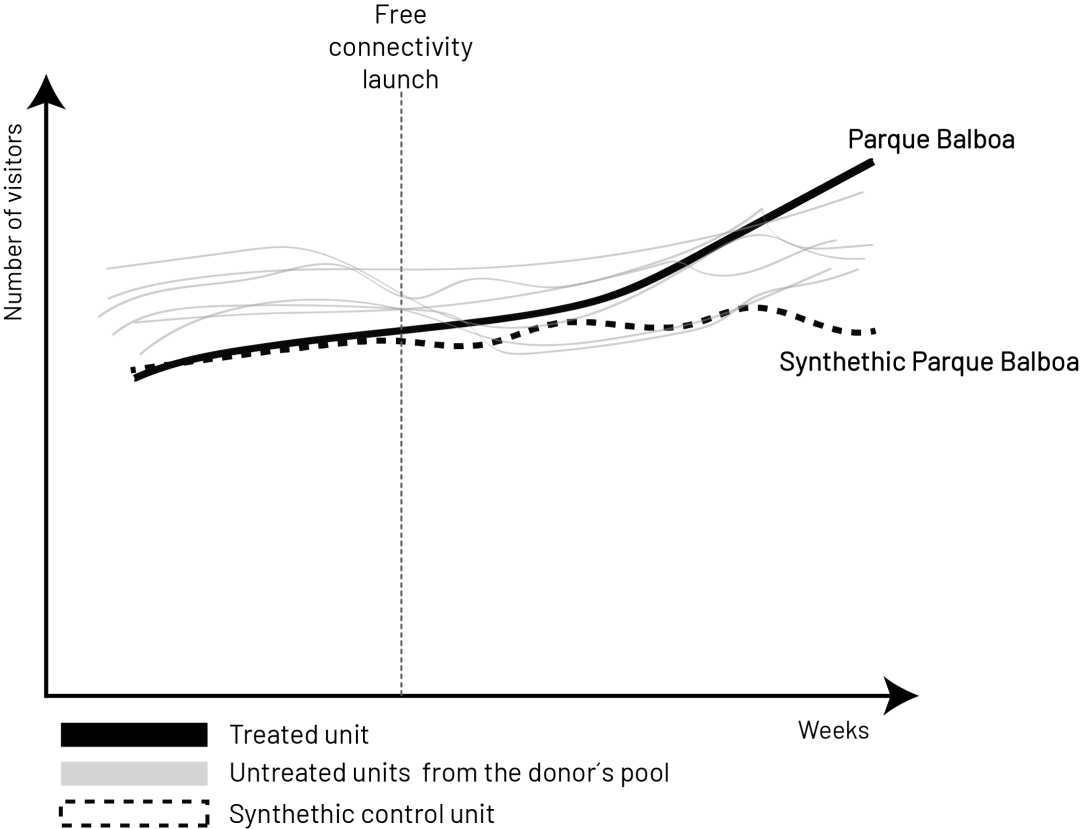Disclaimer:
Please be aware that the content herein has not been peer reviewed. It consists of personal reflections, insights, and learnings of the contributor(s). It may not be exhaustive, nor does it aim to be authoritative knowledge.
Overview
Prepared by (Name of the experimenter)
Víctor A. Tablas
On date (Day/Month/Year)
15/11/2022
What action learning plan is this activity related to?
Exploring the benefits of free internet in public spaces
Design
What is the specific learning intent of the activity? Why is it important to do this experiment?
The learning intent of this experiment is to determine the causal effect of free Wi-Fi access on the number of visitors to public spaces, particularly tourist parks. By providing and promoting free internet connectivity, the experiment seeks to understand whether this intervention can attract more visitors and contribute to the revitalization of these spaces.
This experiment is important because it helps provide evidence on the role of digital infrastructure in enhancing public spaces. Understanding the impact of free Wi-Fi can guide policymakers, urban planners, and tourism organizations in designing interventions that improve the attractiveness and utility of public spaces. Moreover, the findings could inform strategies to support local businesses and community engagement by making public areas more accessible and appealing through enhanced connectivity. Additionally, it offers insights into the potential social and economic benefits of digital infrastructure in public spaces, which can support broader goals of urban development, digital inclusion, and economic growth.
What is your hypothesis? IF... THEN....
IF free Wi-Fi access is provided and promoted in public spaces, THEN the number of weekly visitors to those spaces will increase, contributing to their revitalization.
Does the activity use a control group for comparison?
Yes, a different group entirely
Describe which actions, with whom, where, when will you (or did you) take to test your hypothesis:
To test the hypothesis, I collaborated with the Salvadoran Tourism Institute (ISTU) to select 12 public parks and, including Balboa Park. In March 2024, we implemented free Wi-Fi access in Balboa Park and promoted it through Facebook and on-site materials. Over the following weeks, we tracked visitor numbers using administrative data provided by ISTU. We then compared the number of visitors before and after the Wi-Fi intervention, using synthetic control methods to estimate the counterfactual outcome for Balboa Park
If you worked with partners, please choose what sector they belong to (select all that apply)
Private Sector, Government (& related)
What is the total estimated monetary resources needed for this experiment?
More than 20,000 USD
Please upload any supporting images or visuals for this experiment.
Please upload any supporting links
Results
Was the original hypothesis (If.. then) proven or disproven? In which way do the results support the original hypothesis or not?
The original hypothesis was rejected. However, while the free Wi-Fi did not lead to a statistically significant increase in the number of visitors to Balboa Park (compared to the control condition constructed synthetically), the results revealed that visitors who were already at the park perceived the Wi-Fi as an added value, improving their experience. This supports the idea that free connectivity enhances public space, but not in the way initially expected.
What are the most important learning outcomes of the experiment? Are any changes recommended?
The experiment revealed that free Wi-Fi in Balboa Park didn’t significantly increase visitor numbers, but enhanced the experience for those already present, improving perceptions by 18.8 points. Visitors informed about Wi-Fi stayed longer and were more likely to recommend the park, indicating high potential for customer satisfaction and loyalty, though spending didn't increase.
It was also recommended to ISTU to focus on digital literacy for small business owners to leverage free connectivity. Additionally, explore strategies to encourage visitor spending, such as targeted promotions or interactive digital content linked to the Wi-Fi network.
Considering the outcomes of this experimental activity, which of the following best describe what happened after? (Please select all that apply)
This experiment influenced public policy at a national or local level
Please include any supporting images that could be used to showcase this activity
Please add any supporting links that describe the planning, implementation, results of learning of this activity? For example a tweet, a blog, or a report.
Learning
What were the main obstacles and challenges you encountered during this activity? What advise would you give colleagues trying to replicate this experimental activity?
The main challenges included finding a valid control group due to Balboa Park's uniqueness, managed by employing the Synthetic Control Method. We also faced the challenge of managing ISTU’s expectations, as free Wi-Fi alone didn't significantly boost visitor numbers. Consistent data collection across businesses required close coordination.
Advice:
1. Use Synthetic Controls when similar sites are unavailable, ensuring strong baseline data.
2. Set clear expectations with stakeholders like ISTU about potential outcomes and limitations.
3. Combine Wi-Fi with targeted promotions to boost engagement and consider adaptive strategies based on regular feedback.


 8Decent work and economic growth
8Decent work and economic growth 9Industry, innovation and infrastructure
9Industry, innovation and infrastructure 11Sustainable cities and communities
11Sustainable cities and communities

Comments
Log in to add a comment or reply.